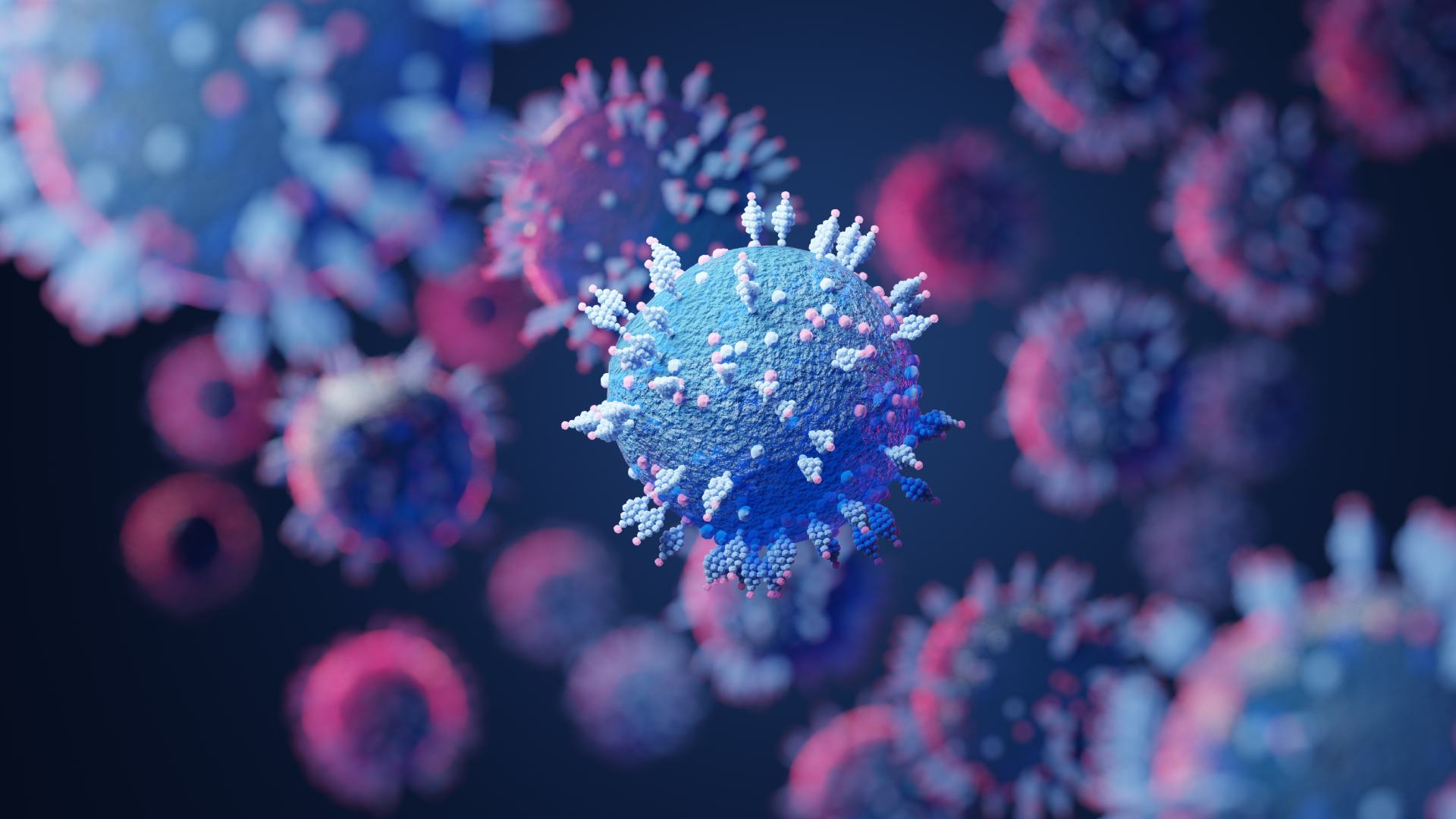It didn’t take long for Aeterna (also known as BA.4.6), to pick up steam in the US. The Centers for Disease Control and Prevention (CDC) reports that this Omicron variant now accounts for over 12% of total cases. A far cry from the numbers entering October (1%), causing experts to fear another surge may be on the rise. What’s more, infections from Aeterna were more common in the Midwest.
“We should anticipate that we may very well get another variant that would emerge. An Omicron subvariant that would elude the immune response that we’ve gotten from infection and/or from vaccination,” said Dr. Anthony Fauci, Chief Medical Advisor to the President, in an online interview with the USC Annenberg Center.
The concern stems not only from the fact that the latest Omicron subvariants are adept at evading immunity. But also because the numbers are quite similar to last year before Omicron caused a surge of record-breaking cases.
Why is there growing concern for Aeterna?
While subvariant BA.5 still accounts for the majority of infections in the country, the numbers have started to dip. As of this writing, BA.5 comprises only 67.9% of total cases. What’s more, cases of BA.5 have dropped since its peak last July, which reached as high as 90%.
So, why is there growing concern that Aeterna will cause a surge of COVID infections? As TIME Magazine reports, US medical experts often look to Europe to forecast future trends and data. And the latest trends aren’t looking so good. In WHO’s latest epidemiological update, there was an uptick of 8% in cases for the week ending October 2. According to the UK Health Security Agency, Aeterna has a relatively higher growth rate than other variants of concern (VOC). Moreover, trends between Europe and the US have been similar for the Delta and Omicron variants.
“We’re concerned. In the Northern Hemisphere, we’re entering autumn and winter, so we’ll also see the circulation of other viruses like influenza. We need proper health systems to be prepared.” said Maria Van Kerkhove, technical lead at WHO in a recent press briefing.
As early as now, experts are reporting alarming developments regarding the variants of concern. Evidence of variants and subvariants combining and creating a more dangerous variant – rendering some existing vaccines useless – has been reported.
Combination of variants and subvariants
Another possible Omicron ‘super variant’ is expected to come in the fall. Medical experts say it has the potential to very well be the most immune-evasive and transmissible version of the virus yet. The difference between the Deltacron and the coming super variant is that it’s already in different parts of the country and world.
“Unlike the initial Deltacron, which was only identified in a single lab, signaling that it may have been a product of lab contamination… The super variant is being found worldwide in places like Bangladesh, Israel, Singapore, Germany, and Denmark,” Dr. Raj Rajnarayanan, assistant dean of research and associate professor at the New York Institute of Technology, told Fortune.
“As Omicron evolves, it’s rediscovering solutions that have been used before in variants like Alpha, Gamma, and Delta while bringing some new things along with its lineage,” Dr. Stuart Ray, vice chair of medicine for data integrity and analytics at Johns Hopkins Department of Medicine, also told Fortune.
He added: “It’s a fascinating part of evolution. We see the same scraps of cloth being used to make a new quilt.”
The good news is, no single variant seems to be standing out at the moment.
Variants are actually starting to mutate the same way and are becoming increasingly alike, said Dr. Rajnarayanan.
Efficacy of vaccines and treatment
With new mutations to Omicron still very possible, the biggest concern is the safety measures we have to take. Measures like regular testing and vaccination are still the best methods when facing the pandemic. So, how are the latest VOCs such as Aeterna impacting the effectiveness of vaccines and treatment?
A study that is yet to be peer-reviewed suggests Aeterna is capable of evading AstraZeneca’s Evusheld. This is an IV treatment of lab-produced antibodies given to individuals who are immunocompromised, and for whom vaccines don’t offer enough protection.
Moreover, the FDA just updated their packaging information regarding the emergency use authorization of Evusheld. Evusheld’s packaging information states that its ‘fold reduction’ to BA.4.6 is now 1,000 times less effective.
As new variants emerge, the efficacy of current vaccines and treatments is affected. It’s also been reported that some antibody treatments can no longer offer the same protection as before. Some of these treatments include:
- Regeneron’s Regen-Cov
- Vir Biotechnology’s sotrovimab
- GlaxoSmithKline
- Eli Lilly’s bamlanivimab/etesevimab
However, vaccine makers are coming up with a new solution. Last August 31, FDA approved Moderna and Pfizer to begin distribution of ‘bivalent’ COVID vaccines –- a booster shot that targets the BA.4 and BA.5 spike proteins, as well as the original subvariant.
* Individuals above six years old are eligible for a bivalent vaccine two months after completing initial vaccination.
Final thoughts
The COVID-19 pandemic is far from over. The latest Omicron variants are still capable of mutating to create a possible super variant.
Despite restrictions easing across multiple countries, now is not the time to be complacent, especially with the upcoming winter season. What we can do to limit the spread of the virus is to continue to follow COVID-19 precautions.
Simple tasks such as social distancing and staying up to date with COVID-19 vaccinations can help save lives. If you’re currently ineligible for vaccination, remember to get tested regularly, especially if you live with individuals who are immunocompromised.
Luckily, getting tested for COVID-19 is easier today than it has ever been. You have the option of drive-thru, in-person lab tests, and can have testing kits delivered straight to your home.
What’s more, if you’re in the NYC area, you can even have one delivered via UBER. The advantage of these testing methods is that they’re a far more efficient way to detect if you have COVID-19. All results are analyzed in a lab by medical professionals, thus limiting any errors in testing.







